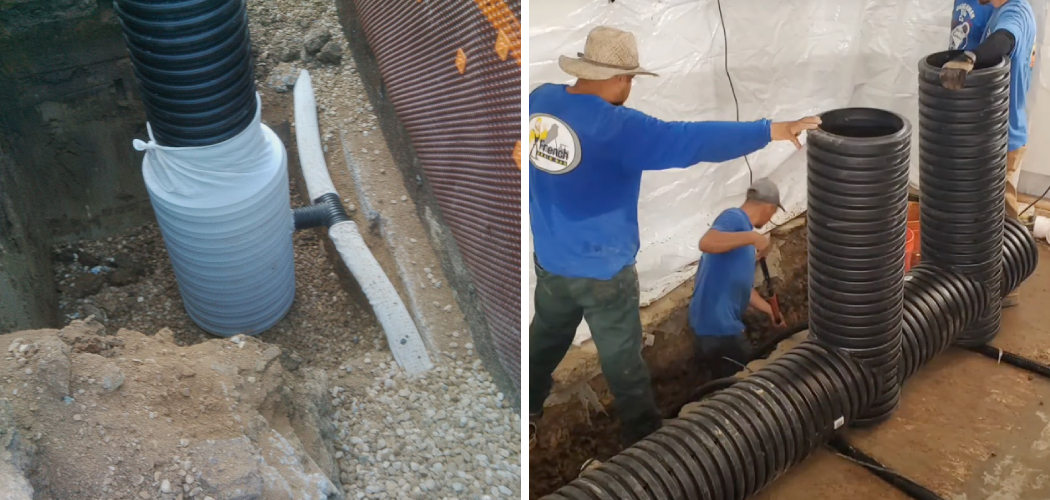Do you have a sump pump that is frequently turning on and off or short cycling? If so, you’re not alone. A large percentage of sump pumps fail prematurely due to short cycling. This can be frustrating and could potentially lead to damage to your pump. So how do you fix this problem?
If your sump pump is short cycling, it turns on and off repeatedly, which can shorten the pump’s life and lead to potential flooding. But don’t worry – there are ways to fix this problem!
In this blog post, we’ll discuss some of the most common causes of short cycling sump pumps and how to fix short cycling sump pump. We’ll also provide some tips on how to prevent this problem from happening in the future. So if you’re dealing with a short cycling sump pump, read on for help!
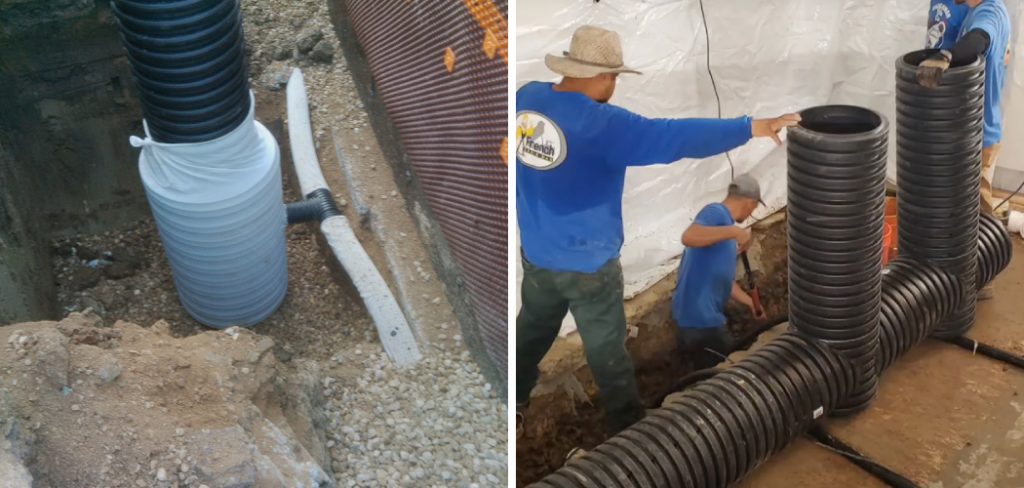
What Can Cause Short Cycling Sump Pump?
1. Clogged or Overwhelmed Pump
A sump pump can become clogged with debris and sediment, leading to it constantly running without properly pumping out water. This can also happen if the pump is trying to handle too much water at once – for example, during heavy rainfall or flooding. To fix this issue, regularly clean any debris out of the pump and make sure it’s not being overloaded with water.
2. Switch or Float Issues
If problems with the switch or float control when the sump pump turns on and off, it can lead to short cycling. Check for any damage or malfunctions in these components and replace if necessary.
3. Improperly Sized Pump
If your sump pump is too small for the amount of water it needs to handle, it will constantly be running and potentially short cycling. Make sure you have the right size pump for your needs by consulting a professional or checking the manufacturer’s recommendations.
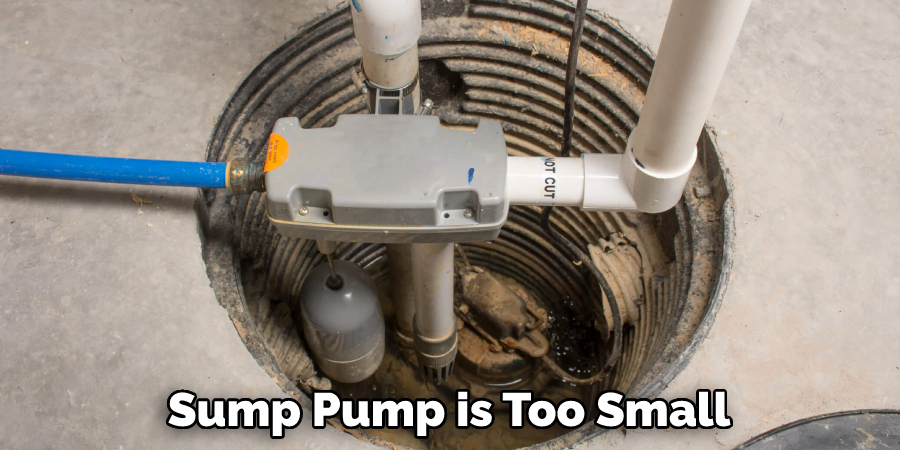
4. Power Issues
Short cycling can also be caused by power problems, such as a weak electrical current or voltage fluctuations. Have an electrician check for any issues and make necessary updates to your power supply.
You Will Need the following
- Cleaning tools for the sump pump
- Replacement switch or float
- Properly sized sump pump
- Electrician (if necessary)
With these tools and materials on hand, you can fix the root cause of your sump pump’s short cycling and prevent future problems.
10 Easy Steps on How to Fix Short Cycling Sump Pump
In addition to fixing any current problems with your sump pump, taking steps to prevent short cycling can save you from future headaches and prolong the life of your pump.
1. Maintenance:
Regularly clean and maintain your pump to prevent clogs or buildup of debris. You can clean by manually removing any debris, using a wet/dry vacuum, or hiring a professional for more in-depth cleaning. The process of cleaning and maintaining your sump pump will vary depending on the type of pump you have, so make sure to consult the manufacturer’s instructions.
2. Sizing:
Ensure that your sump pump is the correct size for your needs. A professional can assess this and provide recommendations if necessary. You can find the correct size for your pump by consulting the manufacturer or doing research online. Best way to determine the right size pump is to calculate the volume of water in your basement or crawlspace.
You Can Check It Out to Fix a Leaking Outdoor Faucet Hose Bibb
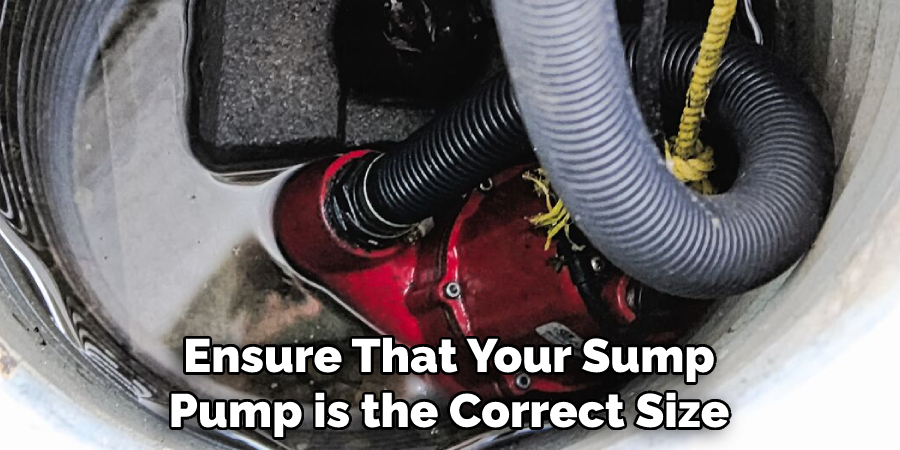
3. Backup Power:
In case of a power outage, invest in a backup power source for your sump pumps, such as a battery or generator. This will ensure that your pump can continue to operate during any power issues. You can check by unplugging the pump and seeing if it turns on with a backup power source. Be careful not to run your backup power source for too long, as it can lead to overheating and damage.
4. Check Switch and Float:
Regularly check the switch and float that control when the sump pump turns on and off. Make sure they are free of any damage or malfunctions, and replace them if necessary. This step prevents short cycling and ensures your pump operates properly.
5. Avoid Overloading:
Make sure your sump pump is not overloaded with too much water at once, as this can lead to short cycling. This can be prevented by installing a backflow valve or checking for any sources of excess water, such as leaking pipes or faulty draining systems.
6. Discharge Line:
Ensure that the discharge line – the pipe that carries water away from the pump – is clear and free of any blockages or buildup. This step will help prevent clogs and ensure proper pumping. You can check and clean the discharge line yourself or hire a professional for assistance.
7. Check Basins:
Inspect the basin or pit where your sump pump is located to ensure it is not cracked or damaged. This will prevent leaks and potential problems with the pump’s operation. You can check by using a flashlight to inspect the interior and exterior of the basin for any cracks or damage.
8. Grounding:
Make sure your sump pump is properly grounded, as this can prevent electrical issues and potential damage to the pump. Check with an electrician if you are unsure about the grounding of your sump pump. Make sure to follow all safety precautions when dealing with electricity.
You Can Check It Out to Quiet a Sump Pump
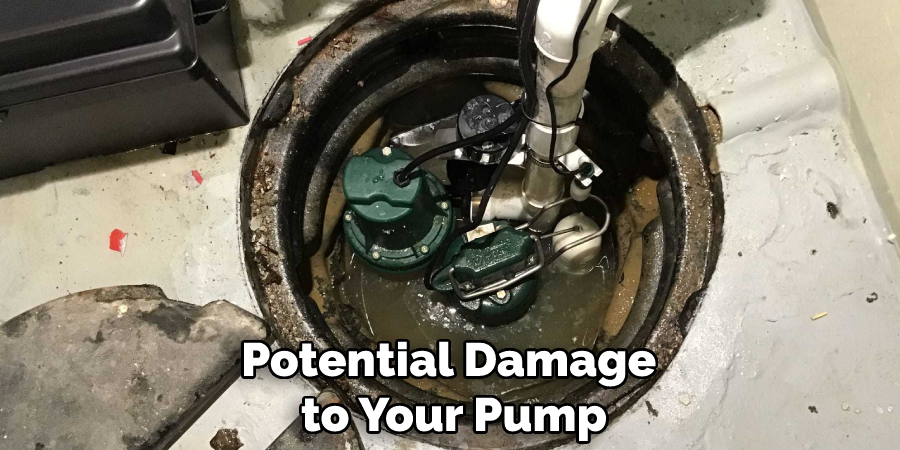
9. Water Level:
Be aware of the water level in your basement or crawlspace, as a constantly high water level can lead to short cycling and potential damage to your pump. Take steps to prevent excess water, such as installing a backflow valve or addressing any leaking or improper drainage sources. It will also help to check the water level regularly and ensure it is not too high.
10. Regular Testing:
Regularly test your sump pump by pouring water into the basin and observing its operation. This will help identify any issues or malfunctions and allow you to address them before they become bigger problems. Make sure to do this testing at least once every season or more often if you live in an area with heavy rainfall or flooding.
Implementing these steps can prevent short cycling and prolong the life of your sump pump. However, if you are unsure about any aspect of maintaining or fixing your pump, it is always best to consult a professional for assistance.
5 Additional Tips and Tricks
- Check for air trapped in the sump pump and release it by loosening the discharge pipe or bleeder valve.
- Make sure the float switch is not stuck or broken, preventing it from properly activating the pump.
- Clear any debris that may be blocking the intake screen or impeller.
- Check to see if the pump’s power cord is faulty and replace it if necessary.
- Consider installing a check valve to prevent water from flowing back into the sump pit after pumping, causing short cycling.
These steps should help fix short cycling and ensure your sump pump is running efficiently. Remember to regularly inspect and maintain your sump pump to prevent future issues.
5 Precautions You Can Take
- Check for frozen discharge lines and thaw them if needed.
- Make sure the float switch is not stuck in the “on” position causing continuous cycling.
- Check that the pump isn’t overheating by feeling it for excessive warmth and allowing it to cool before continuing usage.
- Wear proper safety equipment when checking and cleaning the sump pump.
- Upgrade to a larger horsepower pump to handle high volumes of water if necessary.
Safety should always be a priority when dealing with potentially hazardous equipment. Happy pumping!
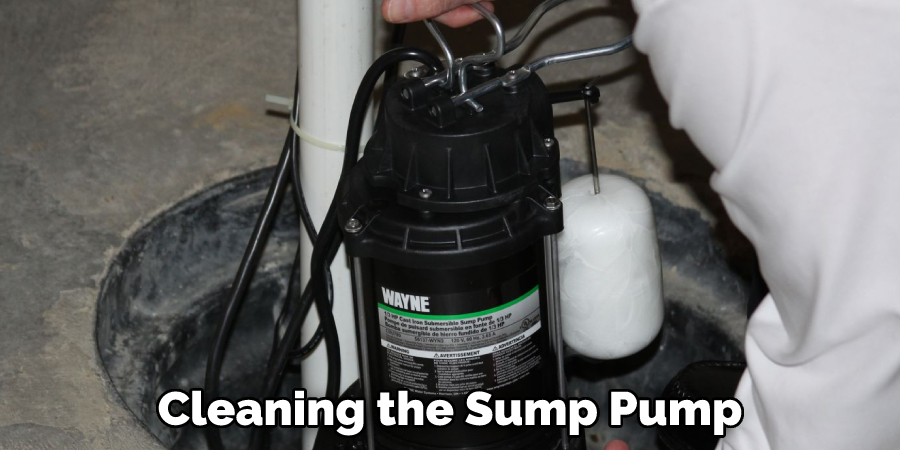
When Should I Replace My Sump Pump?
If your sump pump is constantly short cycling or not performing well, it may be time to replace it. Short cycling can cause damage to the pump and result in high energy bills.
First, check if any obstructions or clogs are causing the pump to work harder than necessary. If that doesn’t solve the problem, try replacing the float switch as this could also be causing the issue.
If neither of these solutions fixes the problem, it may be time for a new sump pump.
When purchasing a new sump pump, consider buying one with a larger horsepower rating and a longer warranty period. It may cost more upfront, but it will likely save you money and headaches in the long run.
Conclusion
Unfortunately, if your sump pump is cycling too frequently, it’s likely damaged and will need to be replaced. Luckily, this is a relatively easy fix that you can do yourself in just a few minutes. With these tips in mind, you should be able to get your sump pump back up and running in no time – even if it does need to be replaced.
Most people don’t realize that their sump pump needs to be regularly maintained to avoid problems like short cycling. By following the tips in this article, you can ensure that your sump pump keeps working properly for years to come.
Hopefully, the article on how to fix short cycling sump pump has provided some helpful advice on identifying and addressing this issue. Thanks for reading!
You Can Check It Out To Fix a Septic Tank That Backs Up

